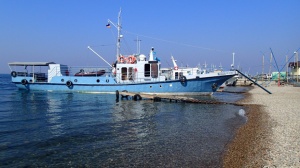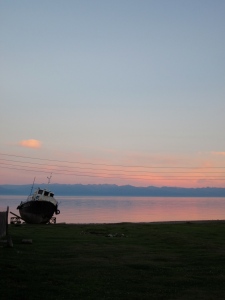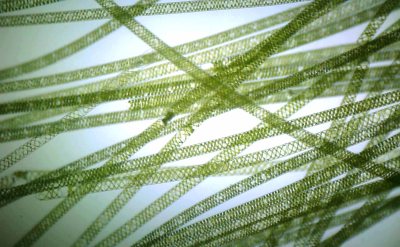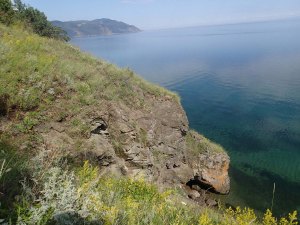Today is our last day in Bol’shie Koty and we’re wrapping up the last of our sample preparation and packing. We’ve crammed an amazing amount of science into the last week, starting with a three day research cruise along the coast of the southern basin of the lake. As we’ve mentioned before, we’re examining the nearshore food web under varying temperature and nutrient conditions, so we sampled fourteen sites in total between Bol’shoe Goloustnoe to the north and Listvyanka to the south. Continue reading
-
Recent Posts
Top Posts & Pages
Archives
- August 2015
- March 2015
- December 2014
- September 2014
- June 2014
- May 2014
- April 2014
- March 2014
- February 2014
- January 2014
- December 2013
- November 2013
- October 2013
- September 2013
- August 2013
- July 2013
- June 2013
- May 2013
- April 2013
- March 2013
- February 2013
- January 2013
- December 2012
- November 2012
- October 2012
- September 2012
- August 2012
- July 2012
- June 2012
- May 2012
- April 2012
- March 2012
- February 2012
- November 2011
- October 2011
-
RSS feed













